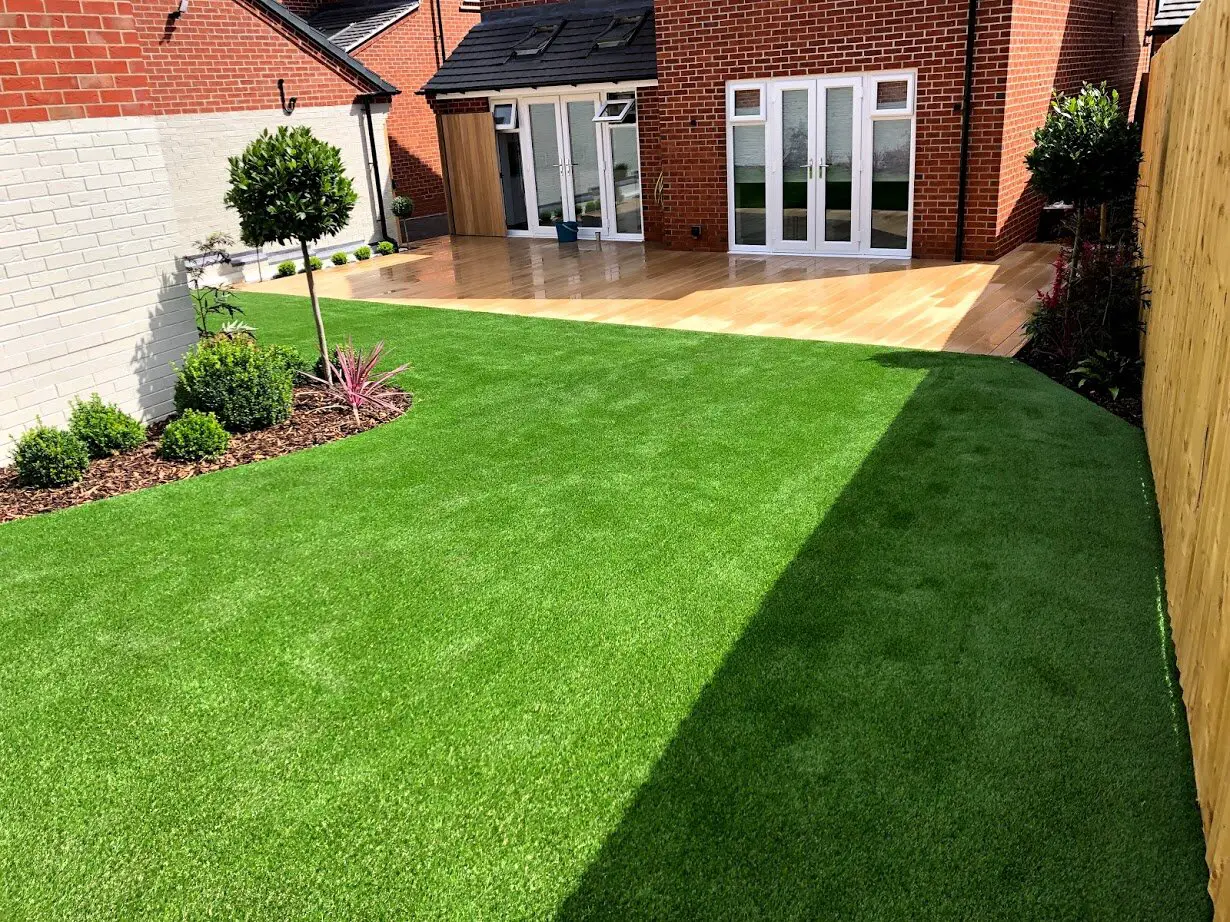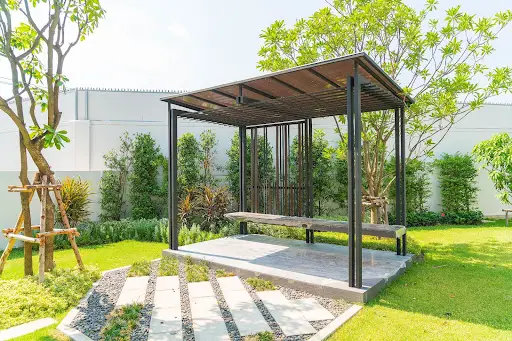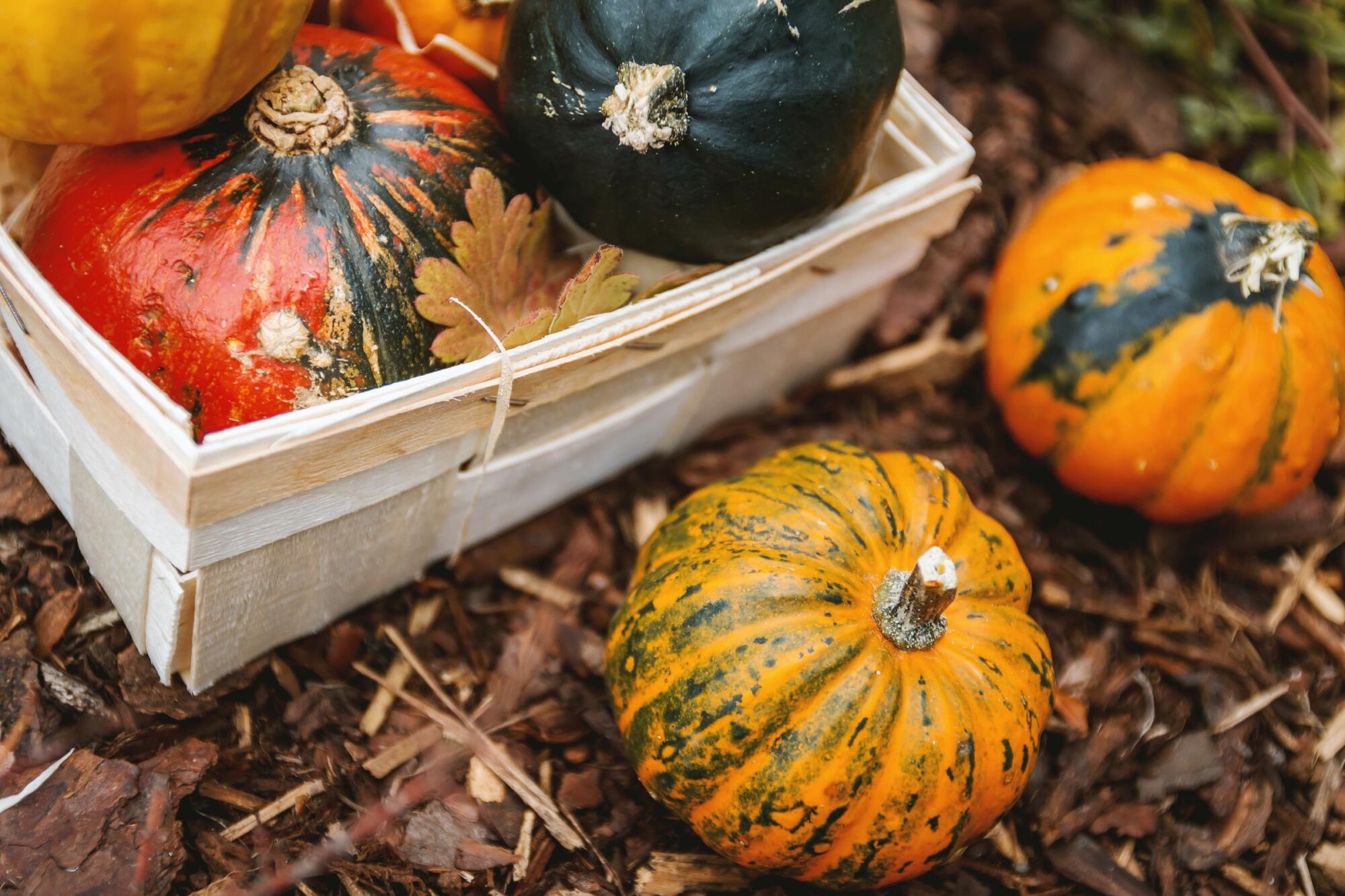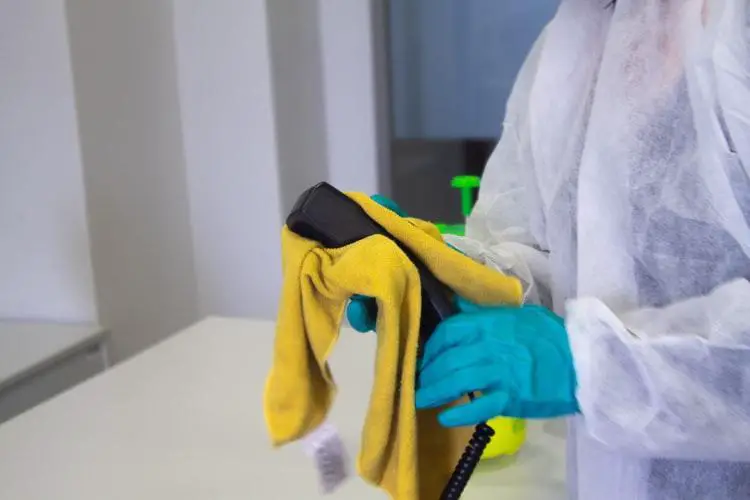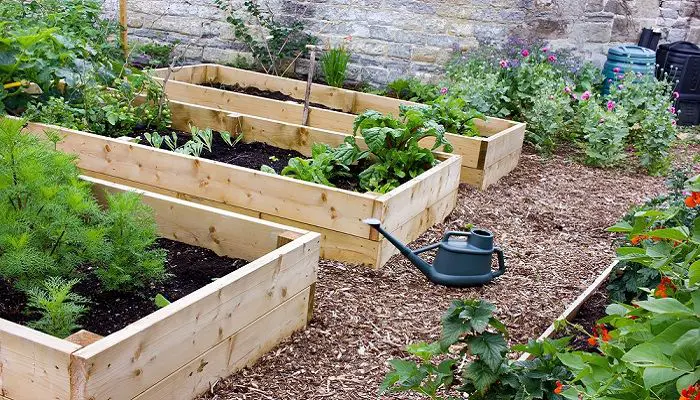More and more Sydney residents are moving to artificial turfs thanks to their high aesthetic appeal and low-maintenance nature. There’s no need to regularly water, fertilize, and mow your lawn with artificial grass.
Synthetic grass is the easiest way to have a stunning lawn with little to no effort. However, it still requires some level of care — especially in fall when those orange leaves start covering up your beautiful turf.
In this article, we’ll look at some key fall maintainence tips for your artificial grass lawn. So, keep reading!
1. Clearing Debris
Debris is the biggest enemy of a pristine looking grass lawn, whether it’s real or artificial. You’ll need to regularly pick up and remove those large pieces of debris.
Sydney gets full three-month autumns, which means it’s a bigger problem over there as leaves change colour and fall all over your yard.
The easiest way to get rid of them is to use a rake to collect and remove them all at once.
Some effective tools to remove debris pieces from your lawn are;
- Metal rake
- Bamboo leaf rake
- Rakes made especially for artificial grass lawns
- Push broom
All of the above work well, but don’t use leaf blowers on your artificial turf. Lead blowers run the risk of disturbing your infill.
2. Brushing
If you get a lot of foot traffic on your synthetic lawn, the grass blades can get matted down. It’s worse in the fall season due to rain and falling leaves. Or maybe you set up the portable catio there for cats and pets to play.
Your best bet is to cross brush your synthetic grass lawn every month or so. This fluffs up your grass fibres and keeps the blades standing upright.
Regular brushing helps avoid matting, which significantly extends the life of your Artificial Turf Sydney. It’ll also cut down on future maintenance costs.
Remember that metal bristles can damage your lawn, so go with a synthetic bristle brush.
3. Watering
Not having to water your lawn regularly is amongst the biggest advantages of artificial turfs. They don’t rely on water to remain evergreen.
However, you’ll need to rinse it down occasionally to keep away debris, pet waste, and dust. Usually, rainfall does this naturally, but it’s insufficient in the fall season so your garden hose needs to do the job.
Luckily, it’s not as demanding as watering natural lawns. You’ll need to give your synthetic grass lawn a rinse down every week or so.
You won’t need to install any sprinklers either. Unlike a natural lawn, you don’t need to water it for an hour — just a couple of minutes with a hose will do. The goal is to wash away dust and other particles from your artificial turf.
Conclusion
Much like any other significant home investment, artificial grass also requires a certain degree of maintenance and care to retain its original aesthetic appeal. The average lifespan of artificial turfs is 10 to 20 years, but providing proper care can bring those numbers up.
In the fall season, maintenance can be a bit more demanding. However, you’re good to go with the tips in this article. All the best!
